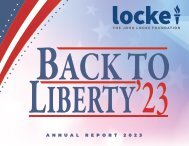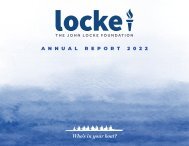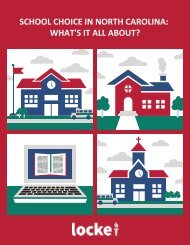Energy Crossroads: Exploring North Carolina’s Two Energy Futures
North Carolina’s Clean Energy Plan, a proposal put together by the Department of Environmental Quality at the behest of Governor Roy Cooper, calls for a 70-percent reduction of greenhouse gas emissions from electricity by 2030 and carbon neutrality by 2050. Duke Energy has submitted Integrated Resource Plans that include pathways to the Clean Energy Plan targets. Duke Energy’s Portfolio D most resembles the Clean Energy Plan, deploying wind, solar, and battery storage on an unprecedented scale. This report assesses North Carolina’s existing electricity portfolio, analyzes the changes proposed by Duke Energy’s Portfolio D, and compares that scenario to alternatives that utilize nuclear energy and natural gas to achieve emissions reduction rather than the Clean Energy Plan’s preferred wind, solar, and battery storage.
North Carolina’s Clean Energy Plan, a proposal put together by the Department of Environmental Quality at the behest of Governor Roy Cooper, calls for a 70-percent reduction of greenhouse gas emissions from electricity by 2030 and carbon neutrality by 2050. Duke Energy has submitted Integrated Resource Plans that include pathways to the Clean Energy Plan targets. Duke Energy’s Portfolio D most resembles the Clean Energy Plan, deploying wind, solar, and battery storage on an unprecedented scale.
This report assesses North Carolina’s existing electricity portfolio, analyzes the changes proposed by Duke Energy’s Portfolio D, and compares that scenario to alternatives that utilize nuclear energy and natural gas to achieve emissions reduction rather than the Clean Energy Plan’s preferred wind, solar, and battery storage.
You also want an ePaper? Increase the reach of your titles
YUMPU automatically turns print PDFs into web optimized ePapers that Google loves.
JOHN LOCKE FOUNDATION
23
As Locke’s Jon Sanders has noted, North Carolina policymakers have
pursued a sequence of interventions to move the state’s electricity
market towards renewable energy, including the Clean Smokestacks
Bill in 2002, 22 a 35-percent investment tax credit for renewable energy
in 2005, 23 a renewable electricity mandate in 2007, 24 and an 80-percent
property tax abatement for solar energy systems in 2008. 25 Those programs
were followed in the recently-ended decade by Governor Roy
Cooper’s Clean Energy Plan.
For the purposes of this paper, the renewable electricity mandate and
the Clean Energy Plan are most germane.
Renewable Energy and Energy Efficiency
Portfolio Standard
With the passage of Senate Bill 3 in August 2007, 26 North Carolina became
the 25th state and the first in the southeastern U.S. to establish











